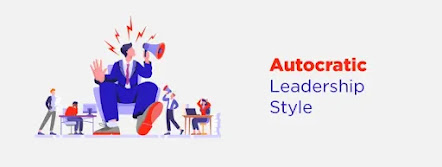Democratic Leadership - Everyone's Voice is Heard
Democratic Leadership - Everyone's Voice is Heard
One adaptable and popular style of leadership is Democratic Leadership, which is used in business, government, and education. This style is also known as participative leadership. Its widespread use in big businesses demonstrates how flexible and successful it is at encouraging teamwork and employee engagement. This style of leadership celebrates diversity and values team members' contributions, appreciating the range of viewpoints and ideas they bring to the table.
In the business sector, tools such as 360-degree feedback systems and employee engagement surveys are examples of participative leadership in action. These methods function as means for staff members to communicate their ideas, passions, and worries. The questionnaires explore the complex dynamics of the work environment and provide a thorough grasp of employee attitudes. In addition to providing leaders with insightful knowledge, this fosters an environment of open dialogue and transparency.
Additionally, participatory leadership presents itself in a variety of interactive organizational forums. Teams can collaboratively reflect on their experiences, lessons learned, and challenges during debrief sessions. Frequent check-ins encourage leaders and team members to have continuous conversations, creating a feedback loop that keeps relationships strong and goals aligned. Another essential element is idea pitches, which inspire staff members to offer creative solutions and ideas, encouraging a sense of creativity and ownership among the workers.
By highlighting its universal applicability, participatory leadership expands its influence into the governmental and educational sectors. It promotes departmental cooperation in government, guaranteeing a team approach to policy creation and problem solving. This leadership style in educational institutions fosters a collaborative learning environment where educators and students actively participate in decision-making processes.
All things considered, participative leadership is fundamental to modern organizational dynamics, stimulating creativity, raising employee contentment, and cultivating a sense of shared accountability. Its extensive application through feedback mechanisms, surveys, and interactive forums highlights how crucial a role it plays in determining the success and culture of a wide range of institutions.
If I want to see an overall growth and connection between the team members, I would choose democratic leadership style as a leader. When I'm at college and we have to do group assignments, I always feel the best when we have Democratic Leadership as it gives everyone a chance to share their ideas and creates an inclusive environment.
Reference
Nsls. (Democratic leadership style: How to make it work as a team. (n.d.). https://www.betterup.com/blog/democratic-leadership-style-pros-cons-examples-and-how-to-make-it-work




Comments
Post a Comment